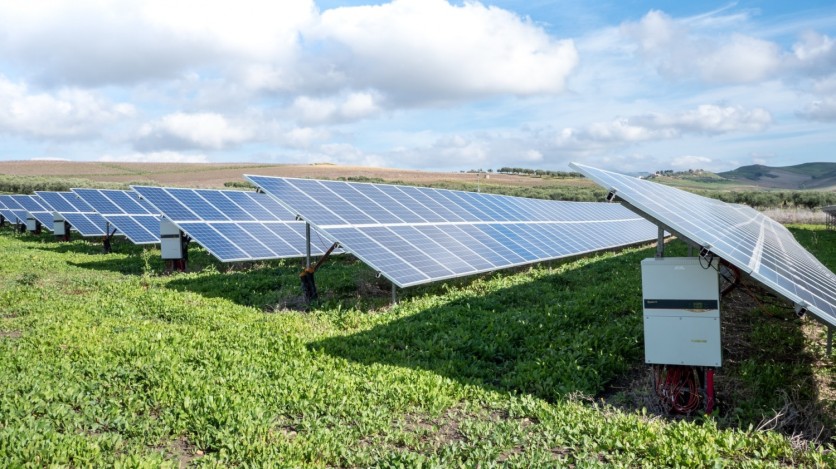
Solar panels after they die have long been one of the biggest challenges with solar energy. A new DOE-funded project seeks to solve this problem.
DOE's Support for Recycling Solar Panels
Despite its importance in solving climate change, solar energy must be recyclable if it is to be sustainable. Unfortunately, solar panels today are either shredded or disposed of in landfills.
Arizona State University (ASU) researchers have developed a new recycling process that uses chemicals in recovering high-value metals and materials, such as silicon and silver, to make recycling more economically feasible.
A DOE grant of $485,000 for two years from the Advanced Manufacturing Office has spurred the team to take the idea one step further, laying the groundwork for a pilot recycling plant within the succeeding three years.
Moreover, ASU and the solar energy company First Solar will provide matching funds for the project since the company is acting as an industrial advisor. If everything goes as planned, a more efficient and cost-effective method of solar recycling will be available to the public.
"As we're ramping up clean energy manufacturing, producing more clean energy tech, thinking about recycling at the end of life becomes even more important," says Diana Bauer, acting deputy director of the Advanced Manufacturing Office at DOE.
Recycling Solar Panels
Most solar panels that have reached the end of their life cycle have ended up in landfills, still holding valuable metals and materials that can be deemed useful.
Ultimately, we may face a shortage of at least one of those metals before we build enough solar panels on moving off fossil fuels, according to Meng Tao, a solar sustainability researcher at ASU who's leading the new recycling effort.
Following decommissioning and transit costs, recycling a solar panel can cost up to $25, Tao estimated. The economics of solar recycling, with a cheap cost, could greatly improve with new processes that recover more metals and minerals.
With this method, Tao and his colleagues use a hot steel blade to separate the silicon cells within the solar panels from the polymer sheets and glass around them.
Tao's recycling startup TG Companies uses a compound developed by a patent-pending chemical concoction to extract silver, tin, copper, and lead from cells and leave silicon behind.
Additionally, Tao says that the recycling process can eliminate an environmental hazard by recovering lead.
As Tao points out, his recycling method uses harsh chemicals, but those chemicals can be "regenerated and reused many times again," which reduces the amount of waste created. That is a unique feature that he believes sets it apart from other recycling processes.
In two years, assuming everything goes well, the next step will be to attract private investors willing to fund a pilot plant that can recycle a total amount of 100,000 solar panels each year.
PV CYCLE founder Karsten Wambach says a "green chemistry approach" such as the one Tao and his colleagues suggest has "large potential to recover valuable secondary materials and protect the environment."
Indeed, high-tech trash from discarded solar panels could always become a treasure for the future.
This article is owned by Tech Times
Written by Thea Felicity
![Apple Watch Series 10 [GPS 42mm]](https://d.techtimes.com/en/full/453899/apple-watch-series-10-gps-42mm.jpg?w=184&h=103&f=9fb3c2ea2db928c663d1d2eadbcb3e52)



